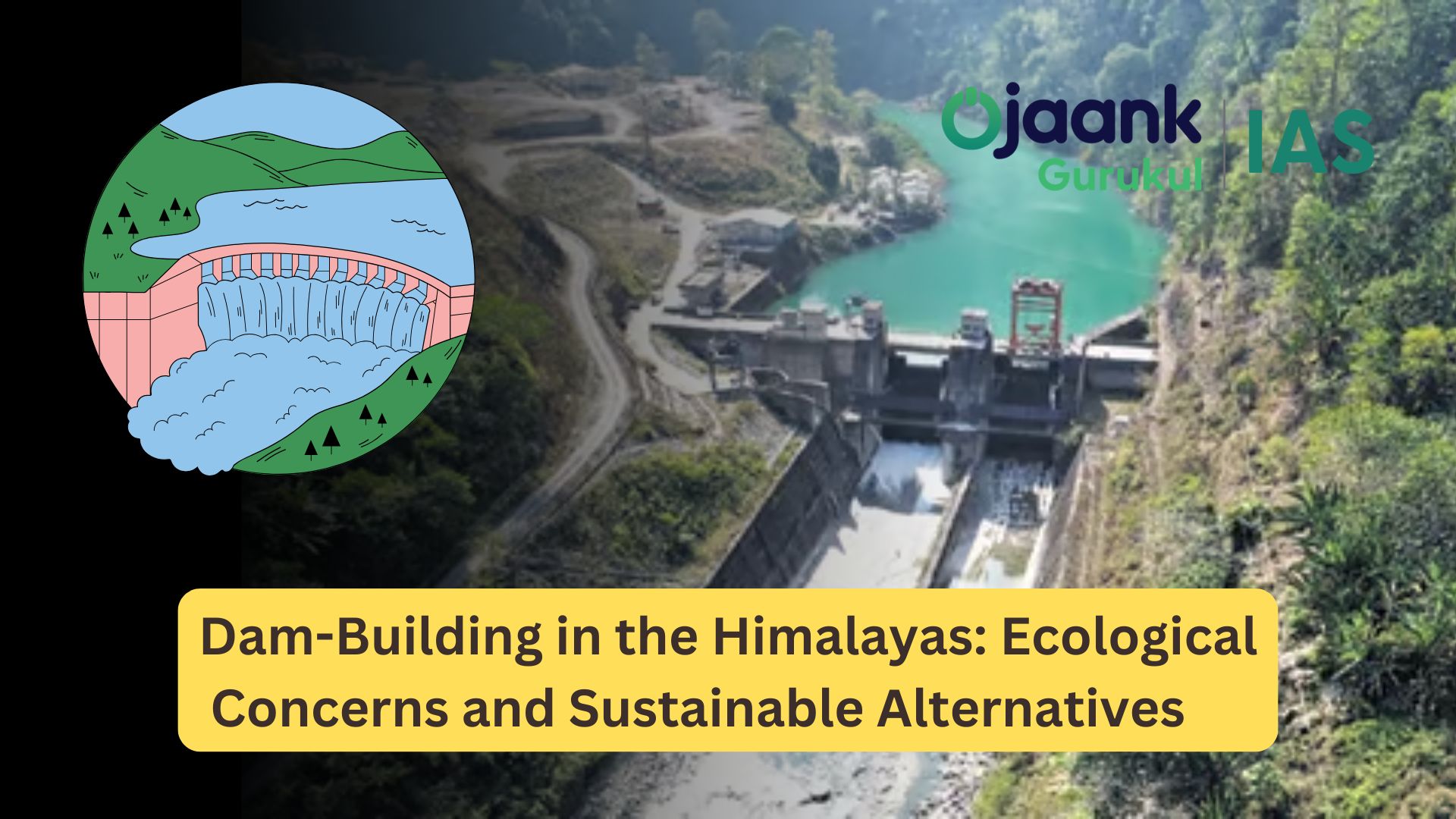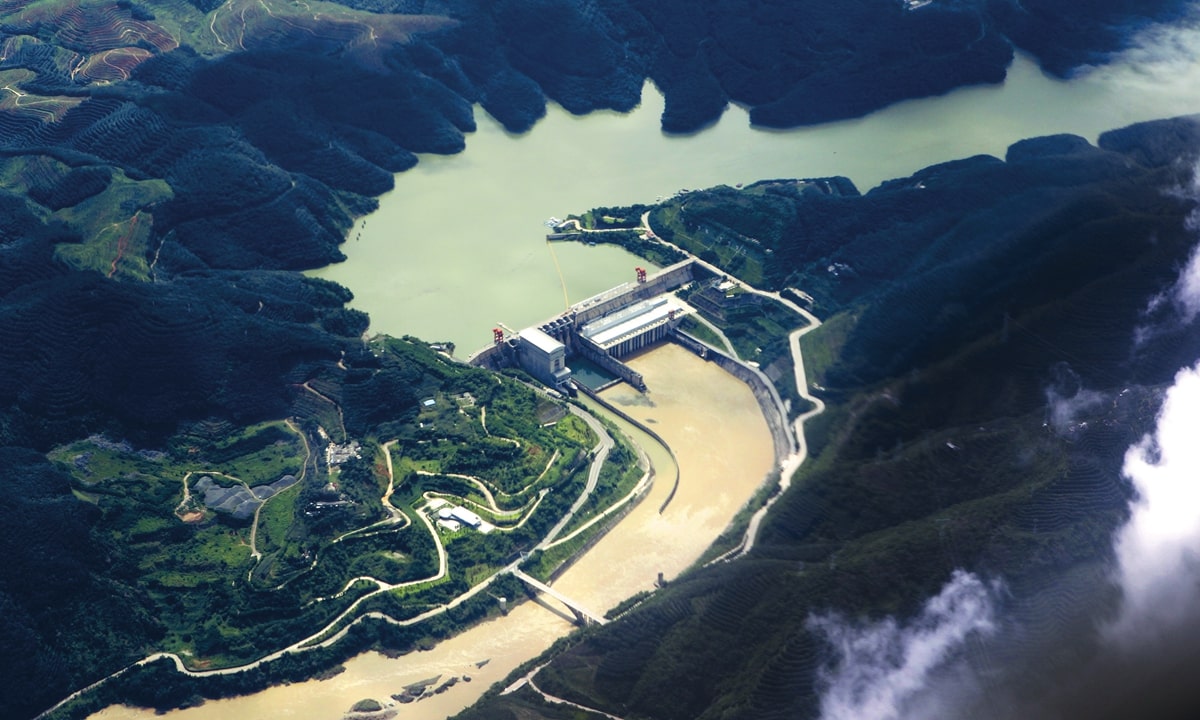Dam-Building in the Himalayas: Ecological Concerns and Sustainable Alternatives

Introduction: A Race to Harness Himalayan Rivers
In recent decades, China and India have raced to build dams in the ecologically fragile and seismically active Himalayan region.
Projects like China’s proposed 60-GW hydropower dam on the Yarlung Tsangpo and India’s 12-GW Upper Siang project in Arunachal Pradesh highlight the scale and urgency of their ambitions. However, this dam-building spree raises significant environmental, geopolitical, and humanitarian concerns, making it a zero-sum game with high stakes.
The Ecological and Seismic Fragility of the Himalayas
The Himalayan region, often referred to as the "Third Pole," serves as a crucial water source for Asia. Yet, it is one of the least suitable areas for large dams due to:
- High Seismicity: The region has experienced numerous earthquakes of magnitude 7 and above, such as the 8.6 Assam earthquake in 1950. Dam reservoirs can further alter seismic strain fields, increasing earthquake risks.
- Landslides and Glacier Lake Outbursts: The steep, deforested slopes and frequent earthquakes exacerbate landslide risks, threatening dam structures and communities downstream.
- Siltation Issues: Heavy siltation due to landslides diminishes the lifespan of dams, rendering them less economically viable.
China and India: Competing for Control
China’s Megaprojects
China has completed 11 of the 55 planned hydropower projects in Tibet, with the proposed Yarlung Tsangpo dam poised to generate a staggering 60 GW of power. Chinese authorities justify this as a step towards carbon neutrality by 2060.
However, concerns abound regarding its impact on water flow and availability in downstream regions like India and Bangladesh.

India’s Response
India, wary of China’s ambitions, is pushing its own hydropower agenda. The proposed 12-GW Upper Siang project has faced backlash from local communities in Arunachal Pradesh, who fear displacement and environmental degradation.
The government has even deployed armed forces to suppress protests, highlighting the project’s contentious nature.
The Geopolitical Dilemma
Lower Riparian Concerns
Both nations face criticism for their dam-building strategies. While India accuses China of disrupting water availability, Bangladesh—the lower riparian state—could level similar allegations against India for its projects.
Military Implications
Infrastructure expansion in the Himalayas is often driven by low-level military confrontations. This has led to biodiversity loss and worsened livelihoods for indigenous communities.
A Call for the Himalayan Water Commission
To address these issues, the region needs a transnational Himalayan Water Commission involving China, India, Nepal, Bhutan, and Bangladesh. Such a body could:
- Promote Collaboration: Develop shared water management strategies to reduce conflicts.
- Prioritize Sustainability: Focus on alternatives like solar and wind power to meet energy demands without damaging ecosystems.
- Enhance Monitoring: Establish a robust mechanism for monitoring water flows and ecological impacts.
Conclusion: Transforming the Roof of the World
The Himalayas are more than just a battleground for hydropower projects; they are vital to the ecological and climatic stability of Asia. While the pursuit of carbon neutrality is commendable, it should not come at the cost of environmental degradation or regional tensions. By establishing a Himalayan Water Commission and prioritizing sustainable practices, China and India can transform this region into a reserve that benefits humanity for generations to come.
FAQs
1. Why are dams in the Himalayas controversial?
Dams in the Himalayas face ecological, seismic, and geopolitical challenges, including landslides, earthquakes, and water disputes.
2. What is the Yarlung Tsangpo project?
It’s a proposed 60-GW hydropower dam in Tibet, part of China’s efforts to achieve carbon neutrality by 2060.
3. How can a Himalayan Water Commission help?
A transnational body can foster collaboration, sustainable development, and conflict resolution in the region.
By addressing these pressing issues, we can pivot from a zero-sum game to a win-win solution for all stakeholders.